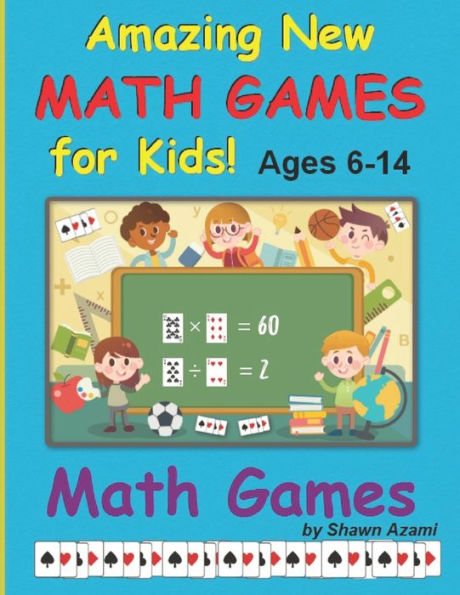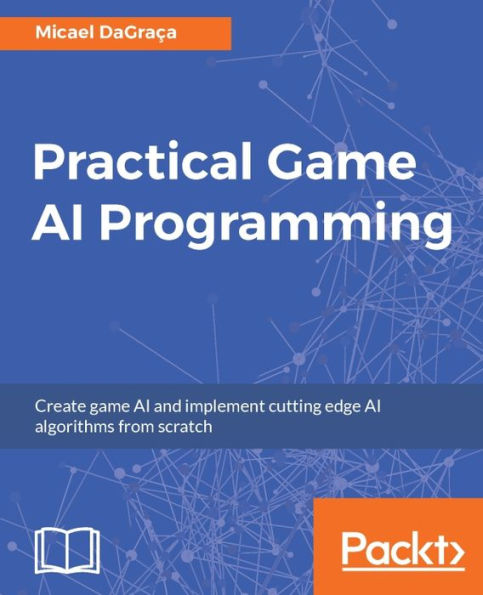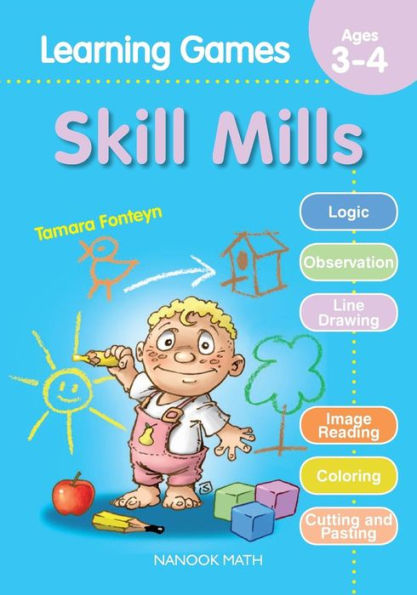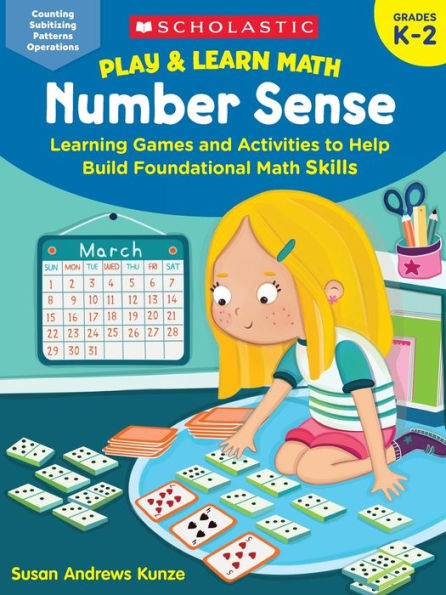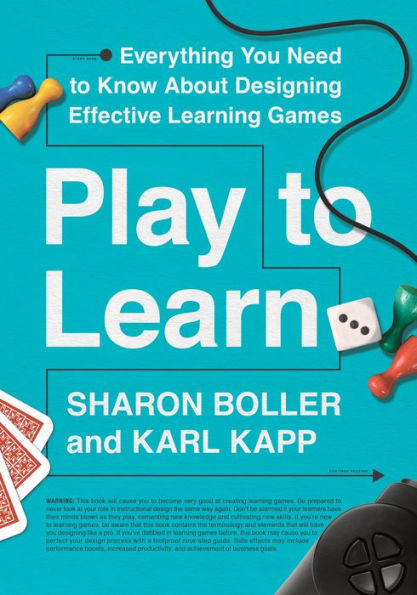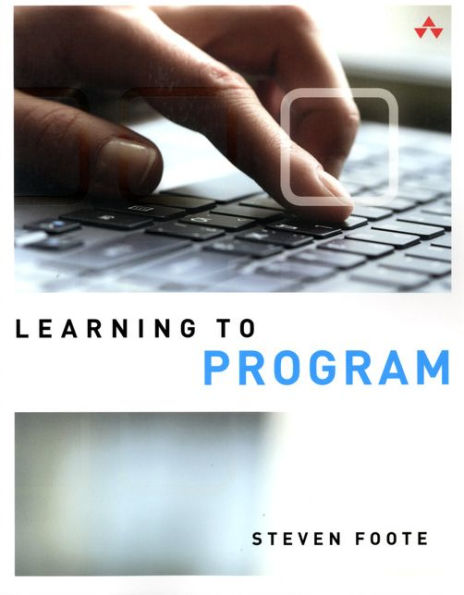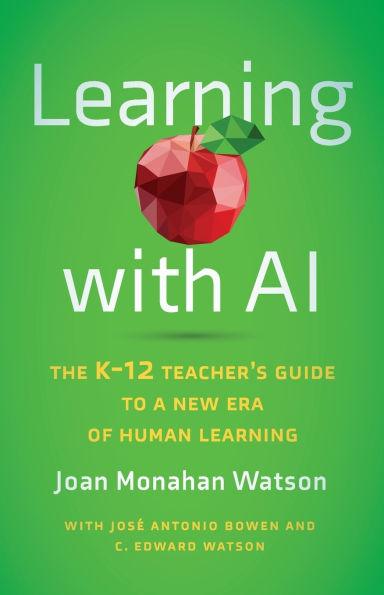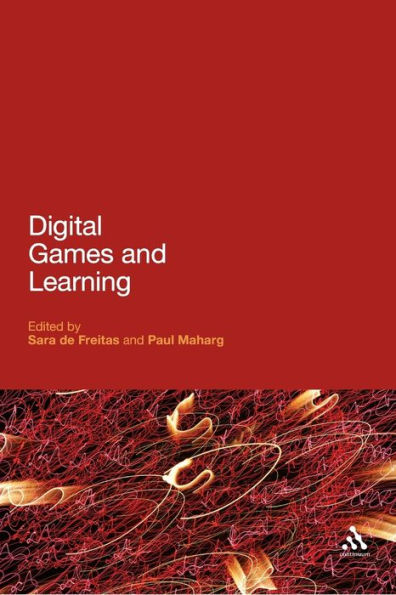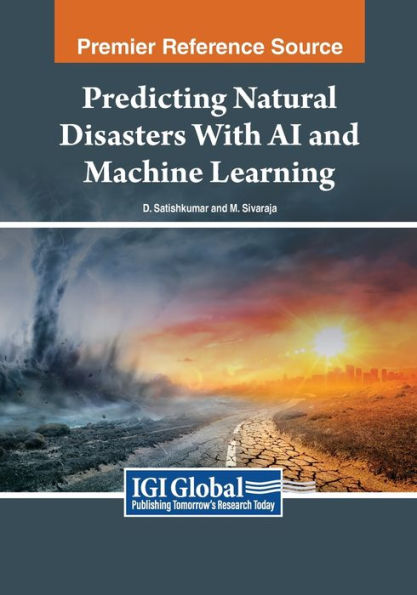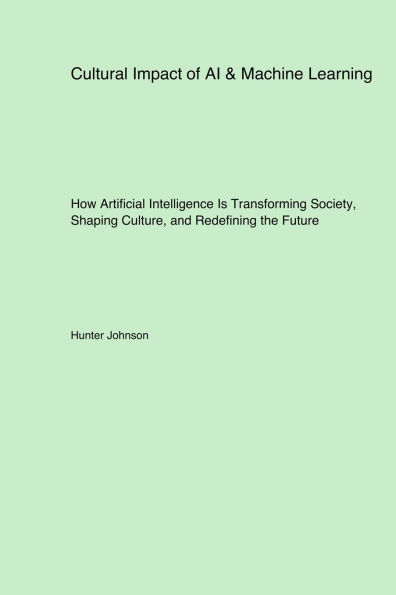Home
Learning Game AI Programming with Lua
Barnes and Noble
Learning Game AI Programming with Lua
Current price: $48.99
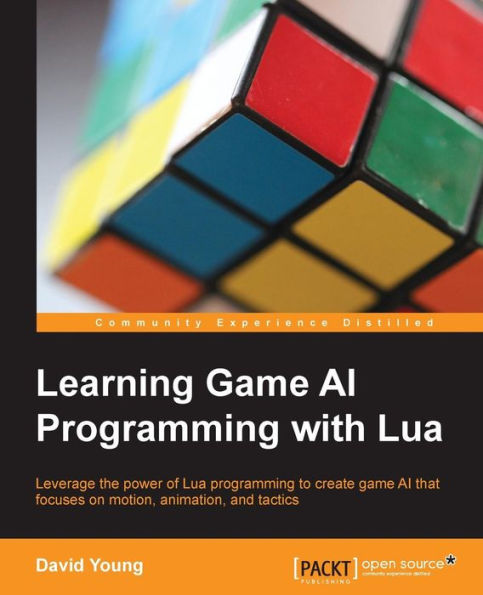

Barnes and Noble
Learning Game AI Programming with Lua
Current price: $48.99
Size: Paperback
Loading Inventory...
*Product information may vary - to confirm product availability, pricing, shipping and return information please contact Barnes and Noble
Game AI can be easily be broken into a number of components such as decision making, animation handling, and tactics, but the balance and interaction between each system strikes a balance between good AI and bad AI. The ability to iterate quickly in script on AI systems allows Lua to create robust, scalable solutions unique to the specific game.
Being one of the most important parts of a large number of low level game engines, programming game AI becomes difficult, especially when there is a need to program and interface a number of non-AI systems.
Beginning with an introduction to the AI sandbox, each new aspect of game AI is introduced, implemented, and then expanded upon. Going forward, you will learn to utilize open source libraries such as Ogre3D, Bullet Physics, OpenSteer, Recast, Detour, and Lua to create an AI Sandbox with an entire codebase available to expand and step through.
This is done through a step-by-step approach, from learning to move basic shapes to fully animating your soldiers. After gaining insights into Low-level Agent systems in Sandbox, you will learn High-level Decision-Making to enable agents to act on them. Once the agents are able to act on decisions, you will enable knowledge representation in them.
By the end of the book, you will learn to execute your AI simultaneously, use the concept of Co-routines to perform cooperative multithreading operations, and enable concurrent programming with asynchronous Service-based Parallelism.
Being one of the most important parts of a large number of low level game engines, programming game AI becomes difficult, especially when there is a need to program and interface a number of non-AI systems.
Beginning with an introduction to the AI sandbox, each new aspect of game AI is introduced, implemented, and then expanded upon. Going forward, you will learn to utilize open source libraries such as Ogre3D, Bullet Physics, OpenSteer, Recast, Detour, and Lua to create an AI Sandbox with an entire codebase available to expand and step through.
This is done through a step-by-step approach, from learning to move basic shapes to fully animating your soldiers. After gaining insights into Low-level Agent systems in Sandbox, you will learn High-level Decision-Making to enable agents to act on them. Once the agents are able to act on decisions, you will enable knowledge representation in them.
By the end of the book, you will learn to execute your AI simultaneously, use the concept of Co-routines to perform cooperative multithreading operations, and enable concurrent programming with asynchronous Service-based Parallelism.
